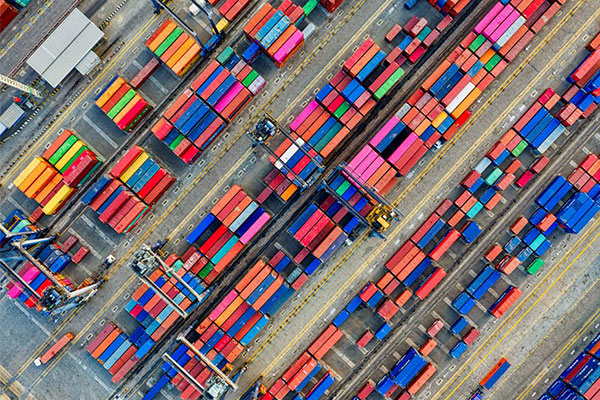In recent years, the volatility of the international maritime market has increased significantly and has recently been affected by the worsening crisis in the Red Sea, and the global maritime market has once again experienced extreme tension. Ships circumvent, fleet turnover rate decreased, plus shipping company strategy adjustments, made the overall class in May unusually tense, and shipping prices are expected to continue to rise in the next two weeks.
Prices rise, supply market tensions
At the beginning of May, U.S. Airlines’ shipping costs of approximately $4100 for a 40-foot container (FEU) have risen twice in a row, each of which increased by about $1,000. Johnson expects shipping prices to rise to more than $5,000 at the end of May, and the increase will be doubled. According to Freightos, shipping from Asia has risen by about $1,000/FEU since the end of April, shipping to the west coast of the United States and Northern Europe has risen to about $4,000/FEU, shipping to the Mediterranean route has risen to about $5,000/FEU, and shipping to the east coast of the United States has risen to $5,400/FEU.
Goods accumulation phenomenon spread in the major ports of the country, Shenzhen, Zhejiang, Zhejiang, Zhejiang, Zhejiang, Zhejiang, Zhejiang, Zhejiang, Zhejiang, Zhejiang, Zhejiang, Zhejiang, Zhejiang, Zhejiang, Zhejiang, Zhejiang, Zhejiang, Zhejiang, Zhejiang, Zhejiang, Zhejiang, Zhejiang, Zhejiang, Zhejiang, Zhejiang, Zhejiang, Zhejiang, Zhejiang, Zhejiang, Zhejiang, Zhejiang, Zhejiang, Zhejiang, Zhejiang, Zhejiang, Zhejiang

Multiple factors behind supply tensions
The supply and demand imbalance is one of the main reasons for the surge in shipping prices. The continuing tension in the Red Sea situation has caused almost all cargo ships to circumvent the good hopes corner, with shipping times extending for about two weeks, with a large number of ships and containers stuck at sea. The relevant head of the global freight giant, Deutsche Welle, said the delaying effect of the Red Sea was an important factor in causing the current situation, and the shipping companys capacity adjustment control has also exacerbated supply tensions.
In addition, the possibility of increased tariffs in the United States and other countries has prompted many buyers to start pre-stocking, pre-shipment of goods, which is mainly car and some retail products. The risk of strikes in many European and American countries has also aggravated the tension in maritime supply. Data from the General Administration of Customs showed that Chinas goods trade imports and exports totaled 13.81 trillion yuan in the four months prior to 2024, compared with 5.7% growth. Among them, exports grew 4.9%, imports grew 6.8%.
Market Prospects and Response Strategies
In the face of the current situation, the performance of shipping companies and container manufacturing enterprises has recovered. The recovery of the container business in the first quarter of this year is obvious, and the sales of dry goods containers have increased five times, and the production of containers is expected to exceed 3 million TEU this year.
The data released by the Shanghai Shipping Exchange on May 10 showed that Chinas export container shipping price index was 1237.84, up 3.7% compared to the previous period; the Shanghai export container shipping price index was 2305.79 points, up 18.8% compared to the previous period.
However, in the face of the increasingly complex external environment and multi-faceted challenges, Chinas foreign trade enterprises need to respond flexibly.China World Trade Organization Research Institute of Foreign Economic and Trade University Dean Yoshino Shishan suggested to stabilize foreign trade relations with relevant countries, actively realize market diversity, reduce the degree of dependence on foreign trade.
Future price trend.
In light of the trend of rising shipping prices, market expectations for the future are also gradually becoming clear. Maersk and Daimler have announced that they will continue to raise the FAK rate, with Maersk up to $9,900 per 40-foot box, and Daimler up again from $1,000 to $6,000 on the basis of the 15th. Contract market, cash market and FAK market reservations for containers to enter Europe face no small challenge, with shipping prices for Asia-Northern Europe routes expected to rise to $5,000 per 40-foot and Asia-Mediterranean routes likely to reach $5,400 by June.
In the current market situation, freight companies need to flexibly adjust strategies, shipping companies and container manufacturers continue to seize market opportunities. Foreign trade companies need to actively respond to the challenges of rising global trade protectionism, while striving to stable development through diversified markets.


 Follow customer service WeChat
Follow customer service WeChat